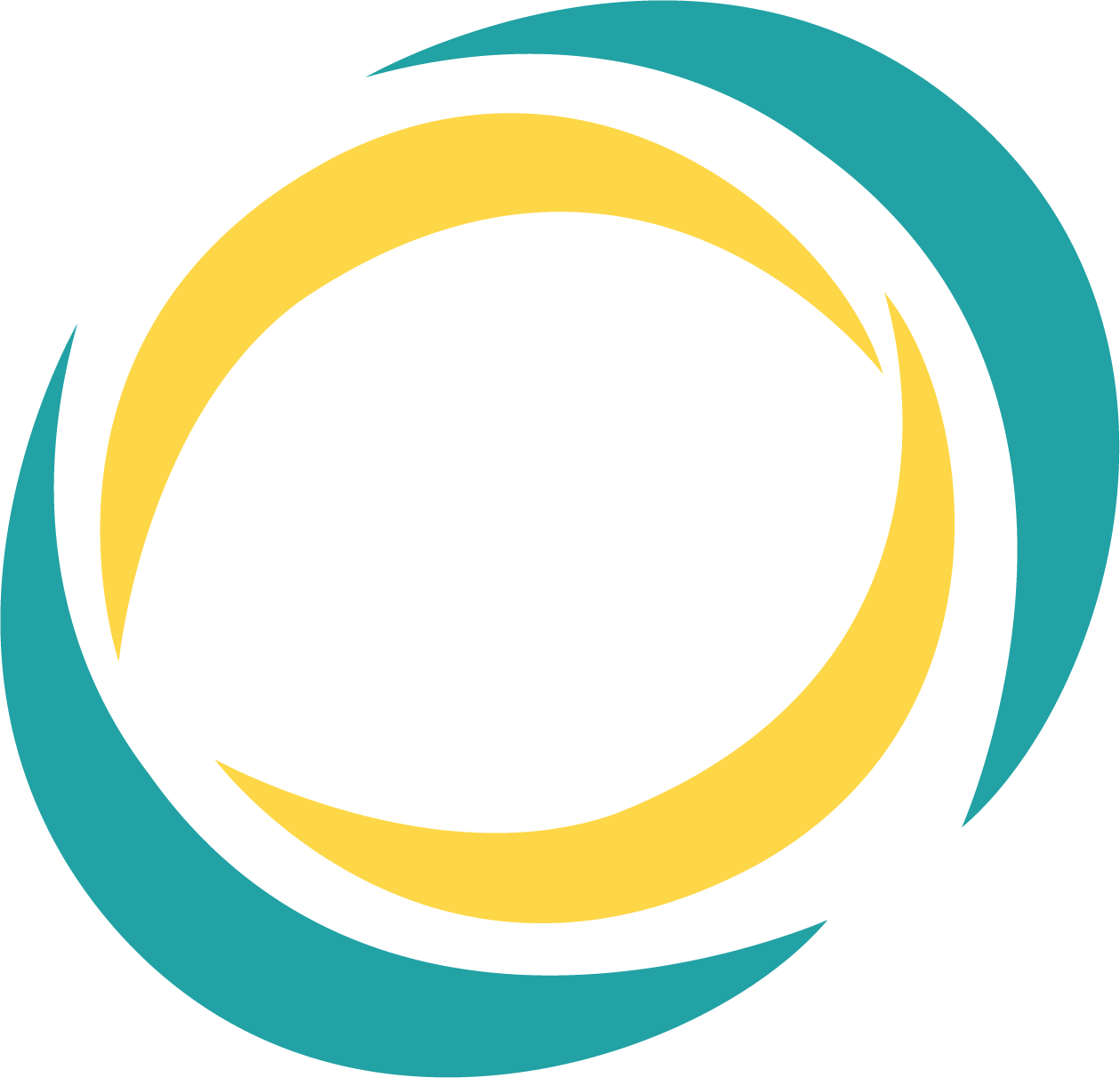After years of studying, exams, and clinical rotations, you’re officially a practicing Optometrist. But instead of feeling accomplished, you’re exhausted, overwhelmed, and questioning if this was the right career move. Does that ring a bell?
Is burnout just part of the job? Well one way or another you’ll learn jumbling things around the hard way between jam-packed schedules, demanding patients, and the constant pressure to prove yourself, it’s easy to hit a wall.
But before you resign yourself to a life of caffeine-fueled exhaustion, burnout is a preventable problem. Building a sustainable Optometry career starts with setting boundaries, managing stress, and prioritizing work-life balance from day one.
First Year Burnout is Real
(and you’re not imagining it!) The first year in any healthcare profession is tough, but Optometry comes with its own unique set of challenges including figuring out how to smile through the exhaustion while your feet beg for mercy.
So why is burnout common among new Optometrists?
- Adjusting to long patient hours and hectic schedules.
- Managing high patient expectations with limited experience.
- Struggling with financial stress.
Studies show that over 50% of healthcare professionals experience burnout, with younger practitioners at higher risk due to long hours, emotional demands, and workplace stress.
A study published in AAO found that Optometrists are happier than other health professions but suffer high levels of burnout and stress than dentists and pharmacists.
Signs of burnout:
So, how do you know if you’re just “tired” or if burnout is creeping in? Watch out for these red flags:
- Chronic Exhaustion. If you’re constantly wiped out, drained, or running on autopilot, it’s a red flag. Coffee can only do so much.
- Losing Enthusiasm for Work. The excitement of being a new OD starts fading.
- Difficulty Focusing or Making Decisions. Brain fog hits hard. You second-guess prescriptions, struggle with simple tasks, and feel mentally drained all the time.
Why Burnout Hits New Optometrists Hard
Transitioning from the structured environment of academia to the fast-paced demands of clinical practice can be a shock to the system.
In school, your schedule was likely well-defined, with clear objectives and ample time to absorb information. Entering the workforce, you’re suddenly responsible for a full roster of patients, each with unique needs and expectations. This abrupt shift can be overwhelming and may increase stress when transitioning into practice.
And to add the increasing workload and long hours as the top cause of physician burnout (no brainer). Not to mention the financial burden of student loans adds another layer of stress, after all balancing loan repayments with the costs of establishing a career can be challenging.
To top it off, new Optometrists must adapt to the high-performance standards set by employers, which can include meeting productivity targets, adhering to clinic protocols, and maintaining patient satisfaction. The pressure to meet these expectations without ample experience can lead to stress and burnout.
Especially during the adjustment period where striking a balance between professional responsibilities and personal life can be a hard thing to maintain. So let’s get it over with.
Here are 5 Practical Tips to Avoid Burnout
- Master Time Management:
Effective time management is crucial in preventing burnout. Here are some strategies to consider:
- Use Scheduling Tools: Leverage digital calendars or apps to organize your day, ensuring you allocate specific time slots for patient appointments, administrative tasks, and breaks.
- Batch Patient Appointments: Grouping similar types of appointments together can streamline your workflow and reduce the mental load of constantly switching between different tasks.
- Prioritize Tasks Using the Eisenhower Matrix: This method helps you distinguish between urgent and important tasks, allowing you to focus on what truly matters and delegate or defer less critical activities.
Additional Tip: Allocate specific time blocks for administrative duties, patient consultations, and personal breaks to ensure a structured and less stressful workday.
- Set Professional Boundaries:
Maintaining clear boundaries between work and personal life is essential:
- Limit Overtime and Protect Days Off: Commit to leaving work at a reasonable hour and ensure your days off are reserved for rest and personal activities.
- Learn to Say “No” to Non-Essential Tasks: It’s important to recognize your limits and decline additional responsibilities that could lead to overload. Communicate with your employer or manager often.
Additional Tip: Communicate your availability clearly with colleagues and patients to manage expectations and prevent encroachment on personal time.
- Build a Support Network:
Connecting with others in your field can provide valuable support:
- Connect with Optometry Peers or Join Online Communities: Engaging with fellow Optometrists provides opportunities to share experiences, seek advice, and gain support. Online forums and professional networks can be valuable resources for connection and learning.
- Seek Mentorship from experienced Optometrists: A mentor can offer guidance, share insights, and help navigate challenges, contributing to professional growth and resilience.
Additional Tip: Attend industry conferences and workshops to expand your network and stay updated on best practices. Establish regular check-ins with your mentor to discuss progress, challenges, and goals, ensuring continuous development.
- Develop Self-Care Routines:
Taking care of your physical and mental health is vital:
- Engage in Regular Exercise, Maintain Proper Nutrition, and Ensure Adequate Sleep: Physical well-being directly impacts your ability to handle stress and perform effectively.
- Explore Mindfulness Techniques Such as Meditation: Practices like meditation can enhance mental clarity, reduce stress, and improve overall well-being.
Additional Tip: Incorporate short, mindful breaks during your workday to stretch or practice deep breathing.
- Leverage Technology to Reduce Stress:
Utilizing technology can streamline tasks and reduce workload:
- Automate Patient Reminders: Implement systems that automatically send appointment reminders to patients, reducing no-shows and administrative burden. You can look into implementing AI-driven systems to handle routine tasks.
- Use Electronic Health Record (EHR) Systems Efficiently: Proper use of EHRs can save time on documentation and allow for more focus on patient care.
What to Do If You’re Already Experiencing
If you’re already there, don’t ignore it. Burnout doesn’t disappear on its own—it compounds. Here’s how to hit the brakes and start taking control.
- Seek Professional Help:
It’s a real condition that can affect your mental health, decision-making, and overall well-being. And the best way to deal with it? Talk to a pro.
- A therapist or counselor can help you identify stress triggers and create a game plan to manage them.
- They’ll give you strategies to set boundaries, manage anxiety, and break the cycle of overwork.
- It’s confidential. No judgment. Just someone helping you get your mind back on track.
Action step: Research mental health professionals who specialize in burnout. Many offer virtual sessions, making it easier to fit into your schedule.
- Speak to Your Employer
Most Optometrists don’t bring up burnout with their employers because they’re afraid it’ll make them look weak. Truth is, it’s much better to communicate it early–burnout leads to mistakes, low performance, and higher turnover—none of which benefit your employer.
If your workload is crushing you, speak up. You might be surprised at how flexible your employer is.
Here’s what you can ask for:
- A schedule adjustment (shorter shifts, fewer back-to-back exams)
- A mentorship or support system (so you’re not handling tough cases alone)
- Admin help (if paperwork and patient charts are eating up your free time)
Not every employer will be accommodating, but many will. And if they aren’t? That’s a red flag that it might be time to consider other opportunities.
Action step: Set up a meeting with your employer. Be clear about what’s causing stress and offer solutions. If you don’t ask, nothing changes.
- Reevaluate Your Career Goals: Align your role with your values
Sometimes burnout isn’t just about too much work—it’s about the wrong work.
If you’re constantly drained, ask yourself: Is this the right setting for me?
- Do you actually enjoy high-volume corporate Optometry, or would a private practice fit your style better?
- Do you like full-time clinical work, or would a hybrid role with teaching or research be more fulfilling?
- Is your work-life balance off because your job isn’t aligning with your long-term goals?
Burnout often happens when you’re pushing hard in the wrong direction. The fix? Adjust course.
Action step: Take 30 minutes this week to write down what you want from your career. If your current role doesn’t match, start exploring other options.
Resources for Support
You can’t take care of your patients if you’re running on empty and burnout is not a badge of honor. You don’t have to suffer through exhaustion just to prove you’re a dedicated Optometrist.
If you are having a hard time here are some resources you might find helpful–whether it’s a community of Optometrists who get it, a therapist who can help you navigate the stress, or a hotline for immediate help, resources exist to back you up.
- 988 Suicide & Crisis Lifeline (U.S.) – Call or text 988 for 24/7 mental health support.
- ODs on Facebook – A private community of Optometrists sharing advice, experiences, and support.
- BetterHelp – Online therapy, flexible scheduling, and licensed professionals.
- Physician Support Line – A hotline run by psychiatrists, for healthcare professionals. Call 1-888-409-0141 for free support.
- Headspace – A meditation app that many healthcare professionals swear by for stress relief.
👉 Save this list. Share it with a friend. And most importantly—reach out if you need it.
References:
- https://bmcpsychology.biomedcentral.com/articles/10.1186/s40359-024-02130-9
- https://www.aoa.org/Modern Practice and Optometrist Burnout Case
- https://modernod.com/articles/2021-july-aug/physician-burnout-and-its-implications
- https://optometricmanagement.com/issues/2023/june/beat-burnout/
- https://www.Optometrytimes.com/view/minimize-burnout-by-adding-purpose-and-passion


